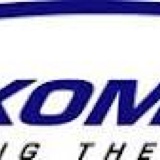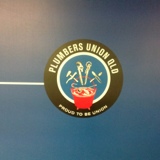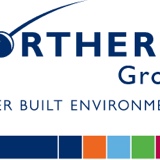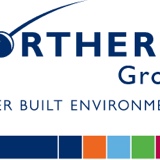Information
-
Document No.
-
Audit Title
-
Client / Site
-
Conducted on
-
Prepared by
-
Location
-
Personnel
CRADLE OPERATIVE DAILY CHECKLIST
-
Thorough daily checking will save lives and is therefore very important. It is essential that at least one person working on the platform has been properly trained in the correct use of the equipment and can competently carry out daily safety checks listed on these pages.
GENERAL
-
Check that there are no new obstructions from the building, which would prevent the free vertical movement of the platform and make sure any buffers and rollers are securely in place and free to move
-
Ensure there are no services in the work area, especially electrical, with which the equipment can become entangled.
-
Check that adequate warning notices are displayed around the site and there is restricted access where necessary beneath the cradle
-
Check that the occupiers of the building know what daily work is to be done from the suspended platforms each day
-
Make sure the weather conditions are suitable for the platform to be used safely
-
Check that the anchorage points for safety harnesses are identifiable and are suitable for securing the harness lanyard and for the work to be done
-
Check the ground around the platform and around its last position if it has been moved, to see if there are any signs that vital parts from the platform have fallen off.
-
Secure access to the roof so that intruders cannot tamper with the equipment during and at the end of the day
SUSPENDED PLATFORM
-
Check that the floor of the platform is not damaged both when viewed from above & below. Also check that the supporting members are not damaged
-
Check that the floor of the platform is sitting properly on its supports members & is firmly secured to them
-
Ensure that all bolts or fixings used to secure the floor are in place and working properly
-
Ensure that the floor platform is clear of debris.
-
Check that the handrails and side protection are not damaged & are properly secured
-
Check that the load about to be placed in the platform (including people) does not exceed the safe working load of the cradle and that it is evenly distributed
-
Ensure that all hand tools are secured in the platform and cannot fall out.
-
Check that the handing over certificate has been issued and for the correct position.
WINCHES
-
Check that the winch motors are properly secured in place and that the winch controls are clearly visible and are not covered by items of spare clothing or other equipment etc
-
Check that all the controls, especially all safety devices, are operational and any cables feeding power to the motors are properly secured.
-
Check that the electrical cables have not been damaged and are not in a position where they may be damaged by the platform as it moves.
-
Check that all plugs and sockets are dry if not clean out and dry with water repellent (WD40)
-
Check that the straps are secure and not damaged
-
Check that the anchorages on the straps for the ropes are properly in place and the ropes are not fraying at all.
-
Check that D shackles pins are in the correct place and secure.
-
Check the roof rig to see if anything may have dropped of the equipment or worked loose.
WIRES
-
Check that any wires ropes do not have areas that are flattened, kinked or have strands of wire protruding
-
Check that the ropes are rolled up and not caught or snagged on the platform
INSPECTION OUTCOME
-
If the daily inspection reveals a shortcoming in any of the checklist items, the platform should not be used. Only use it when a competent person has verified that it is safe to do so or confirms that the necessary repairs have been carried out
PHOTOS OF SHORTCOMINGS
-
Has any shortcomings been noted
CRADLES INSPECTED BY
-
Cradle inspection carried out by














